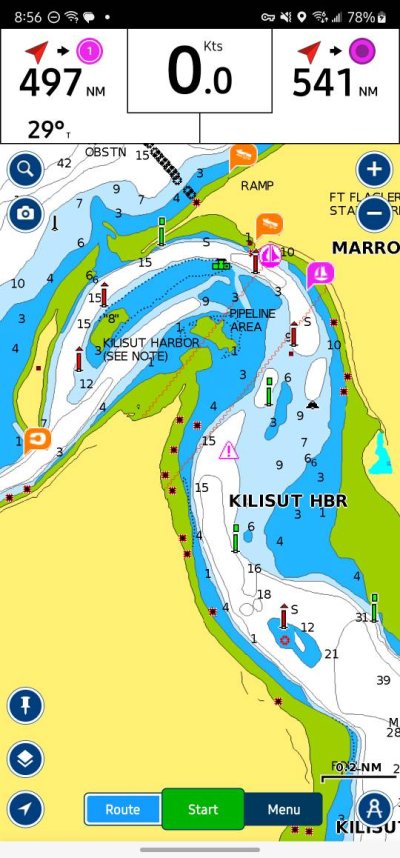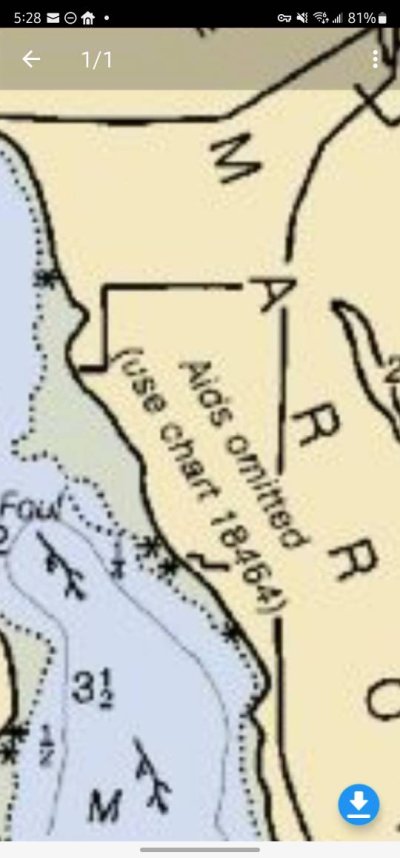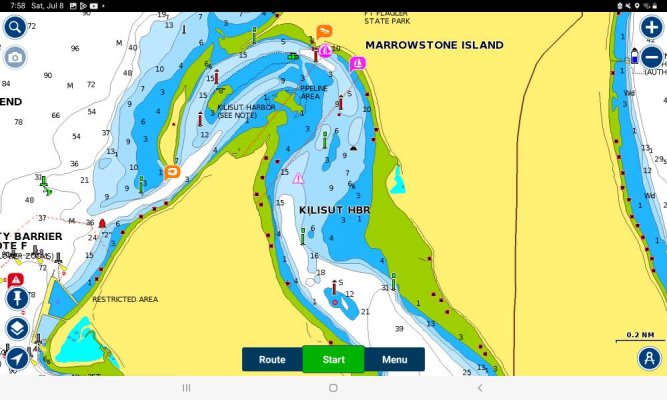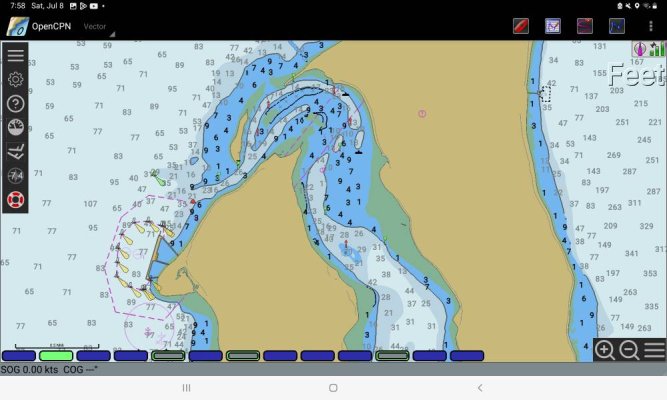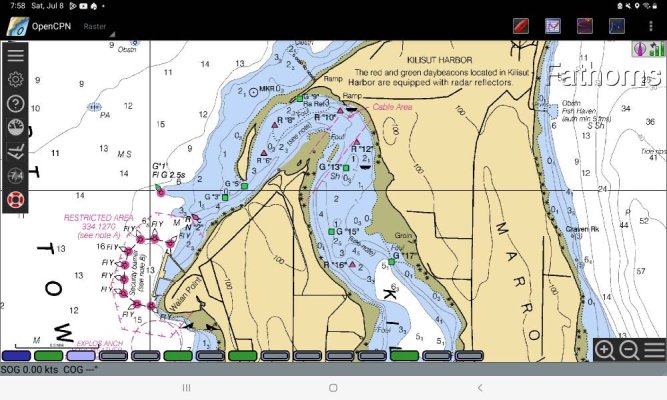Hey. We are relatively new to boating, ~1 year in. We were out last week considering heading up to Marrowstone island in WA. There are pretty big tide shifts in the past few weeks. Based on our review for the period we'd be there was a lowest tide of 0.89 feet and high of ~12 feet. Our Waggoner guide said at 0 tide, the marina was 6 feet deep. Our Nordic has a draft of 4 feet.
Would you have gone? We would have had 2.89 feet of clearance (estimated). We didn't go, but we aren't sure what the threshold should be. How much error is there in published estimates? How do you navigate these kinds of decisions? Also, the only guide we had for the depth at 0 tide was information in the Waggoner guide - where do we get information about how deep an area is at 0 tide?
Probably rookie questions, but would rather look stupid here than on the water with a beached boat!
Would you have gone? We would have had 2.89 feet of clearance (estimated). We didn't go, but we aren't sure what the threshold should be. How much error is there in published estimates? How do you navigate these kinds of decisions? Also, the only guide we had for the depth at 0 tide was information in the Waggoner guide - where do we get information about how deep an area is at 0 tide?
Probably rookie questions, but would rather look stupid here than on the water with a beached boat!



